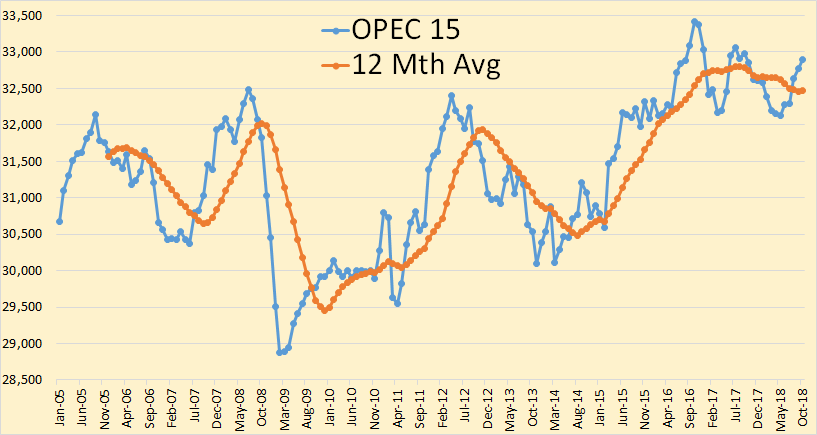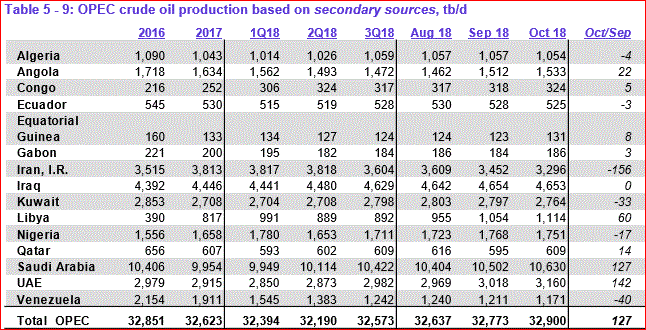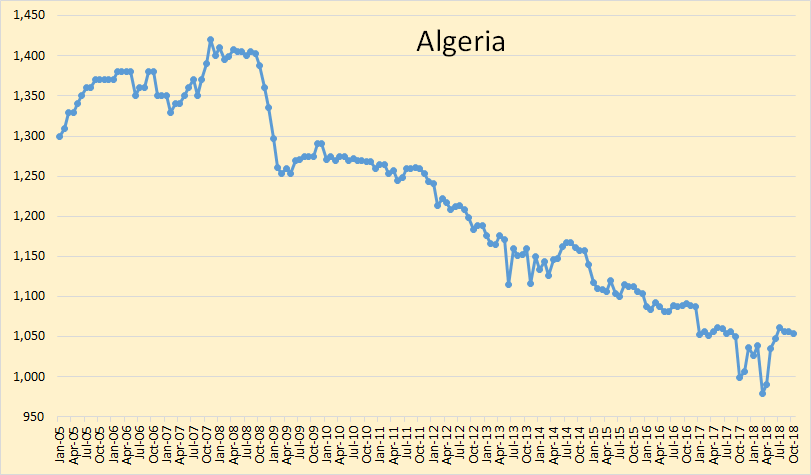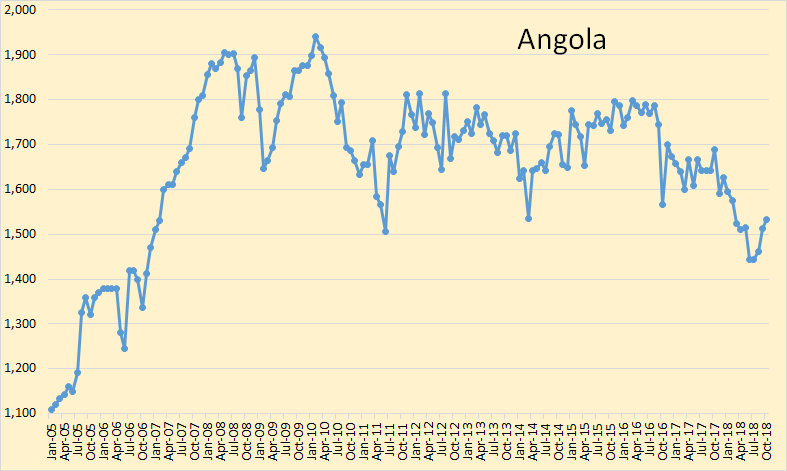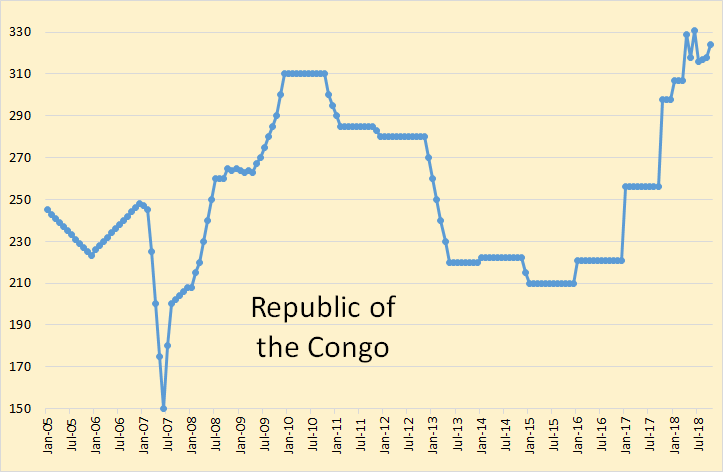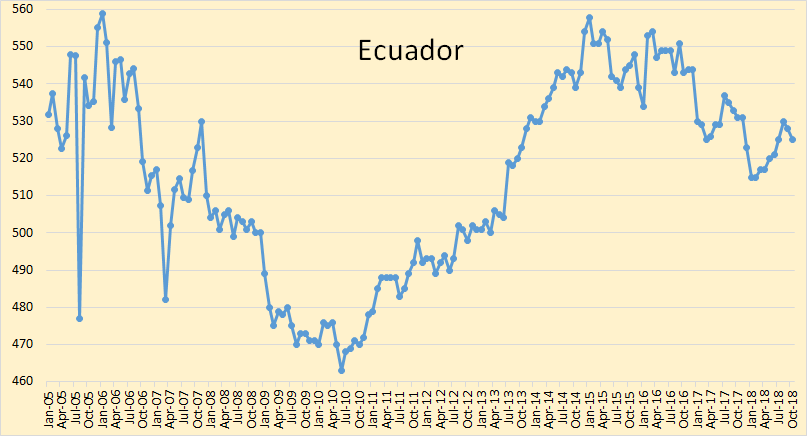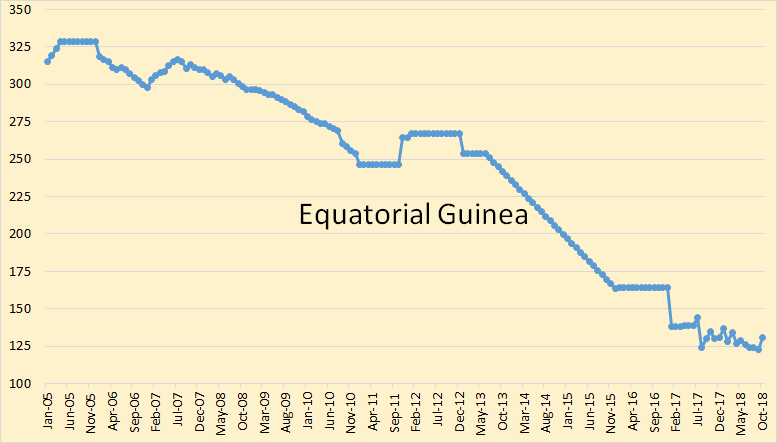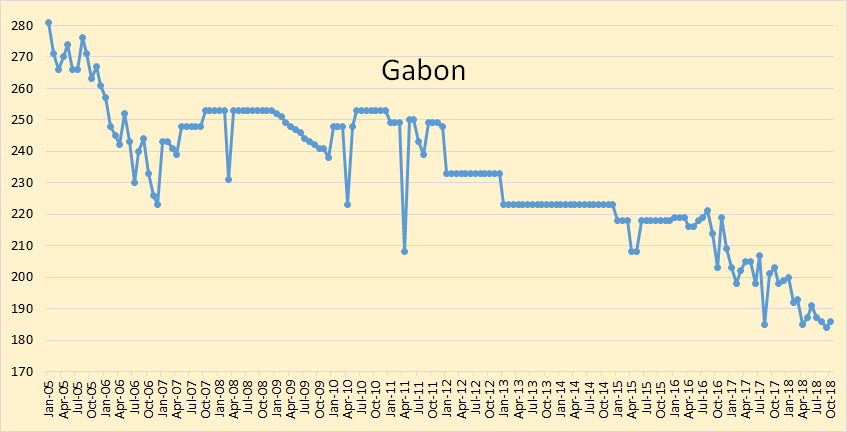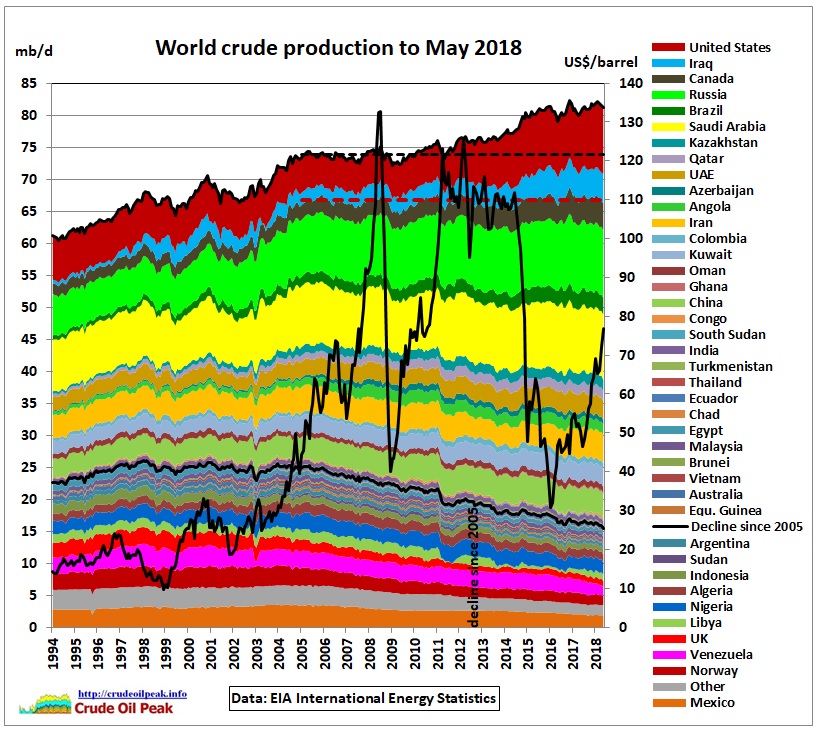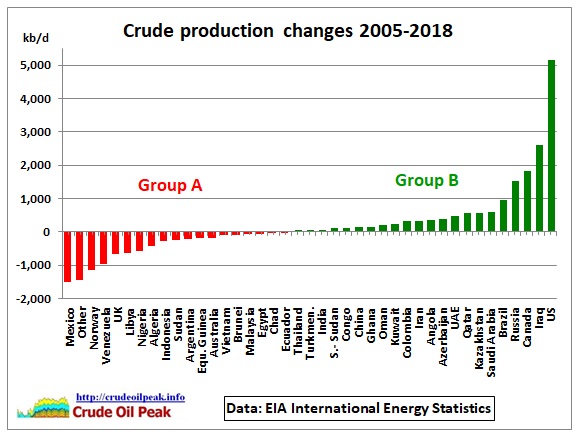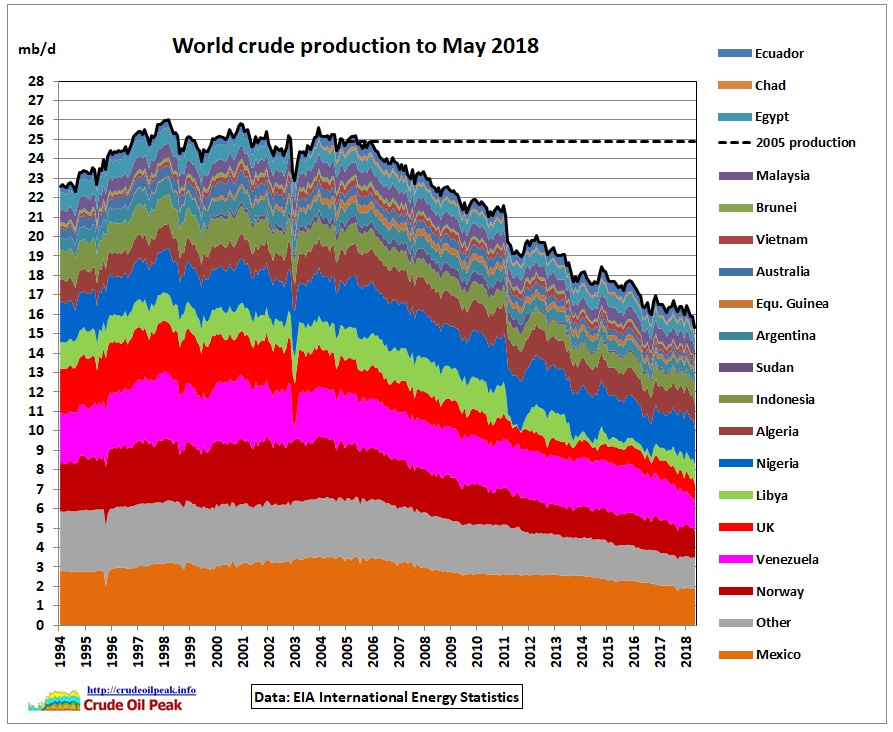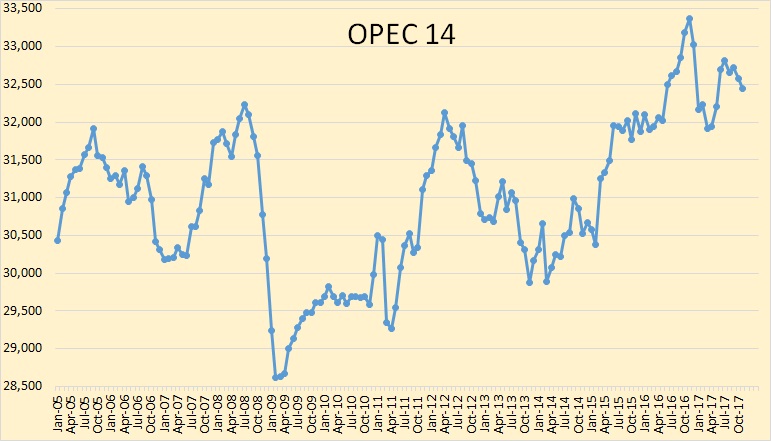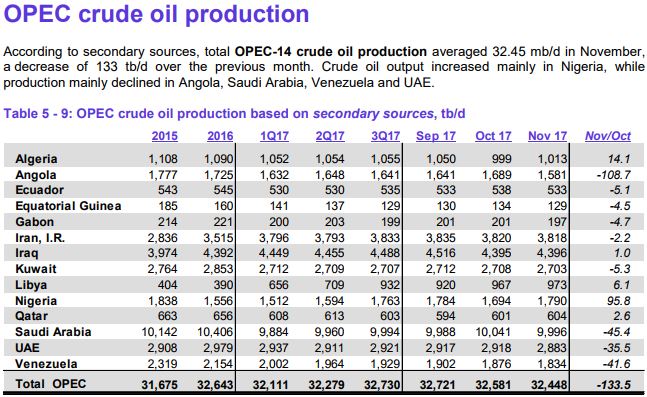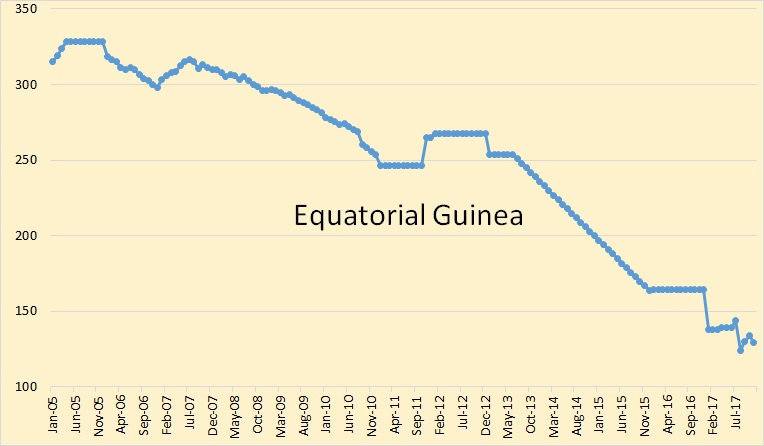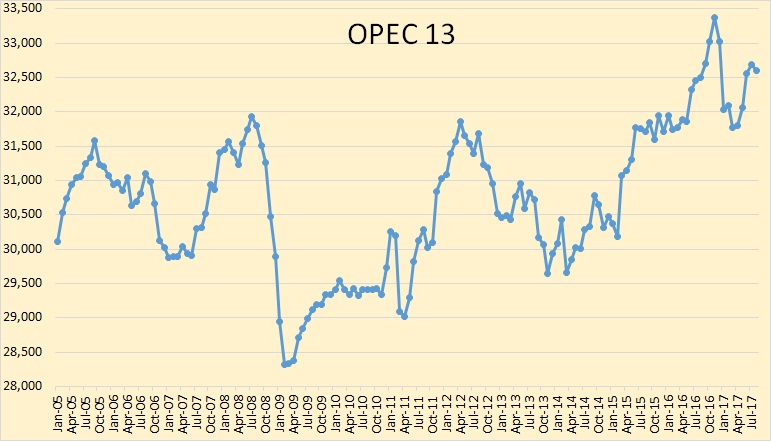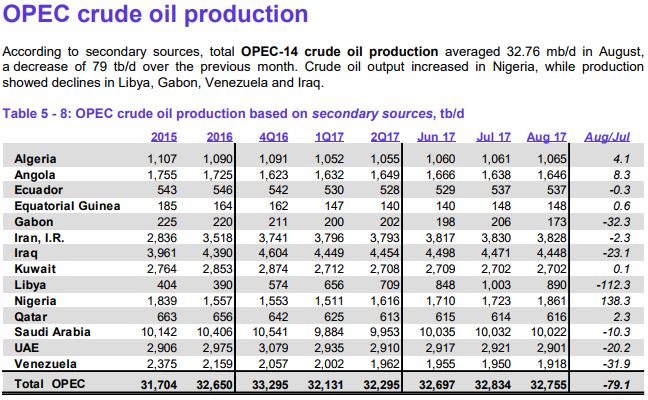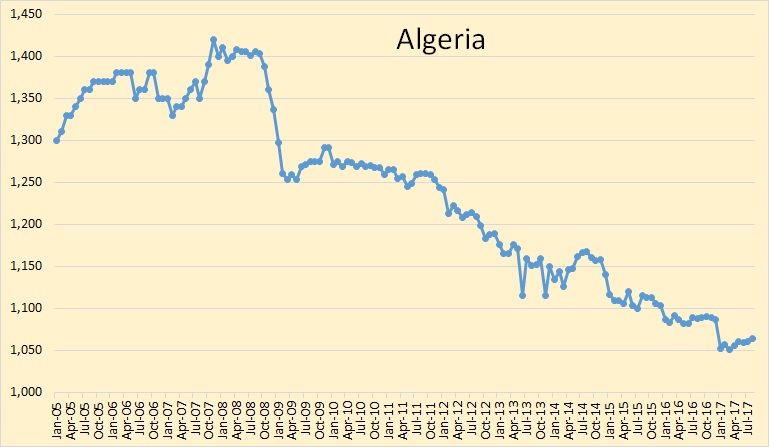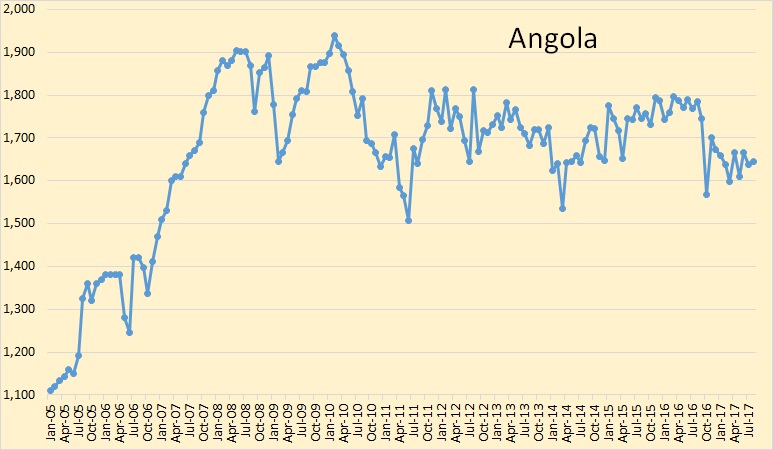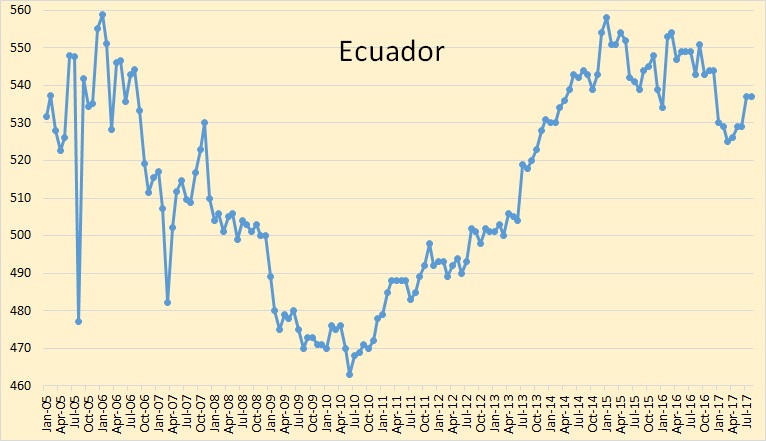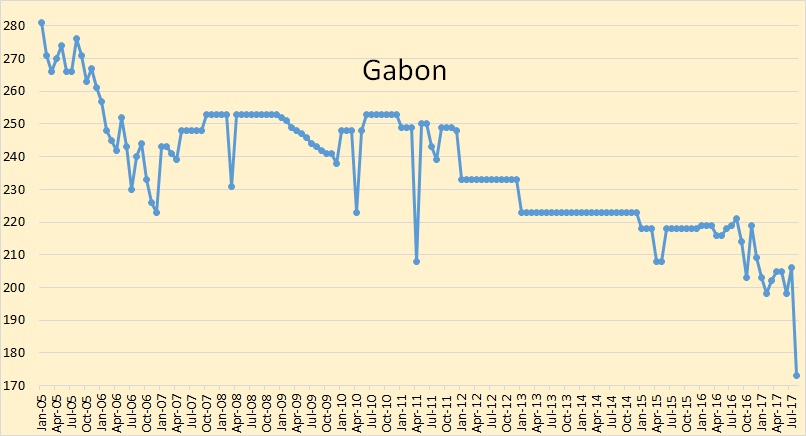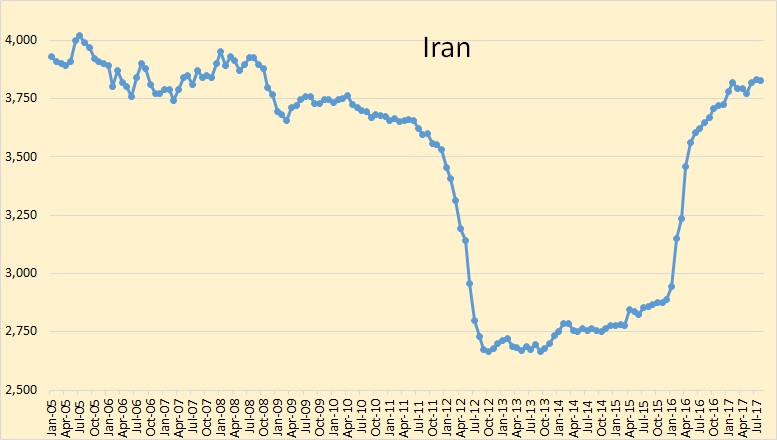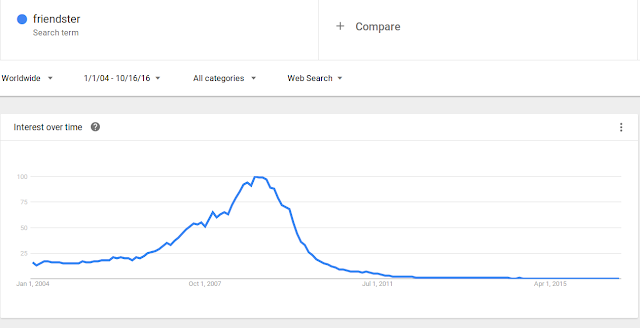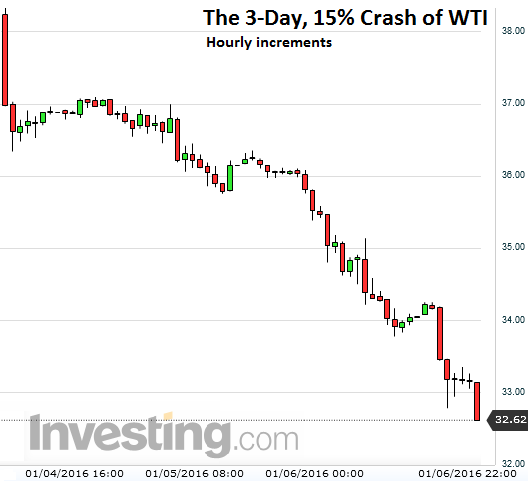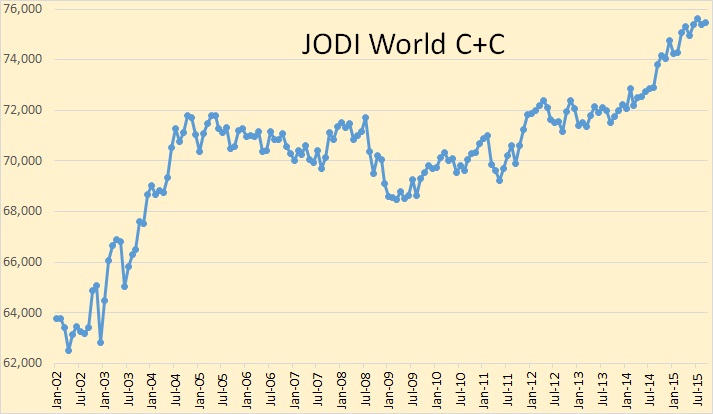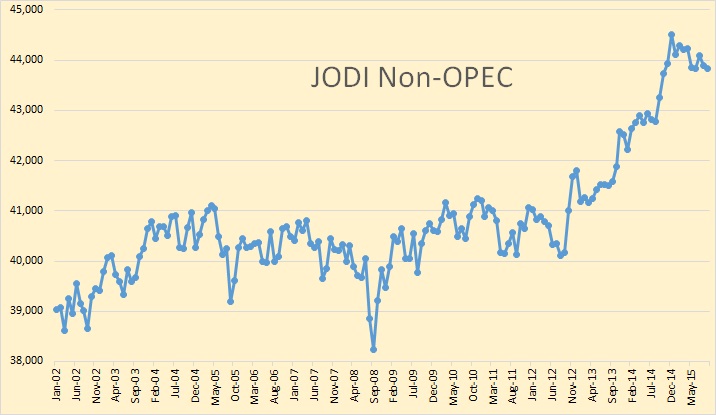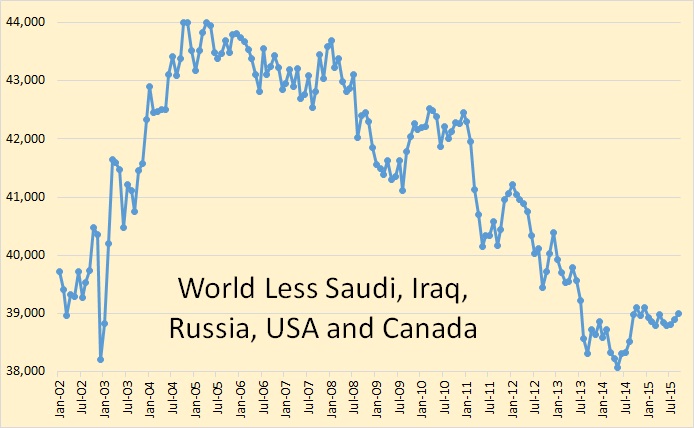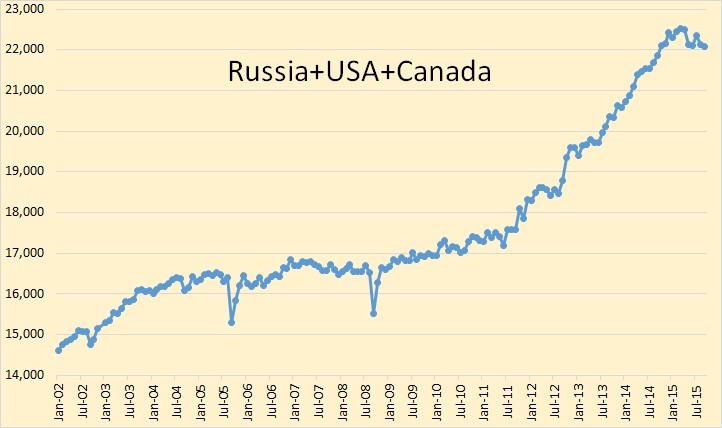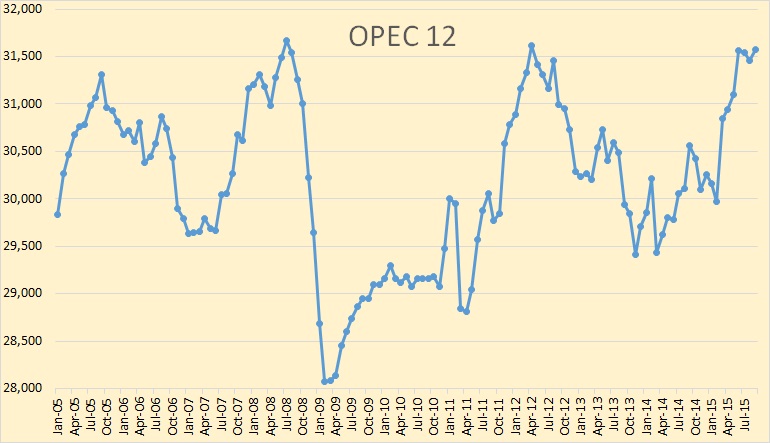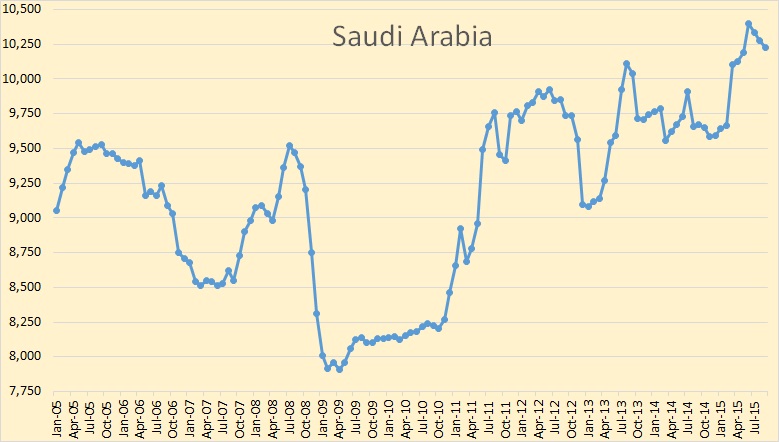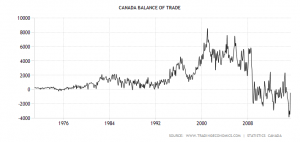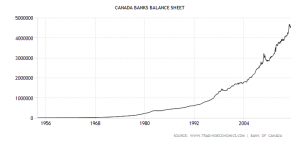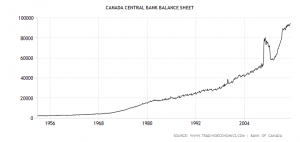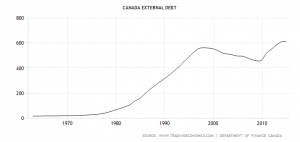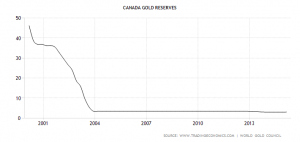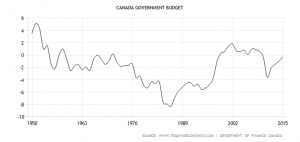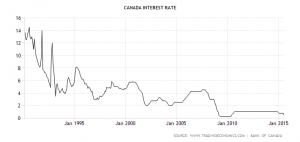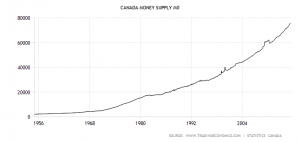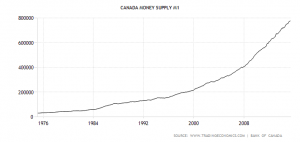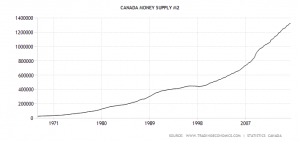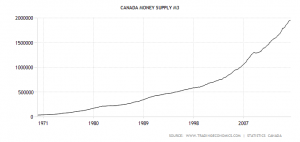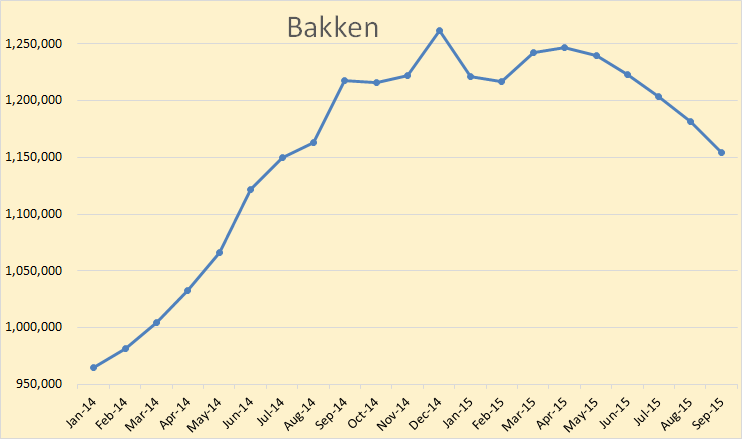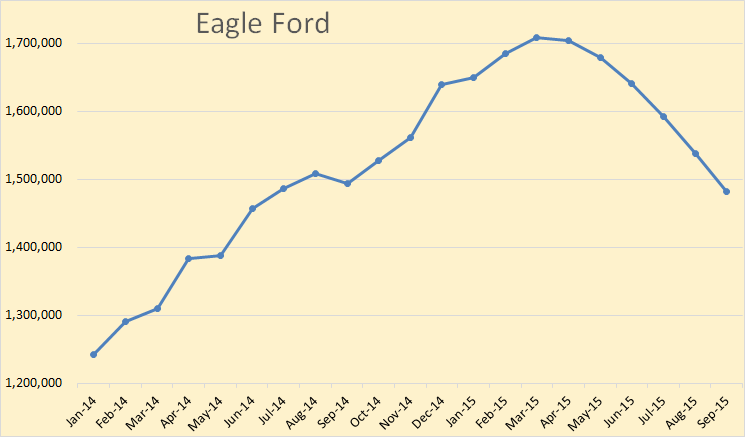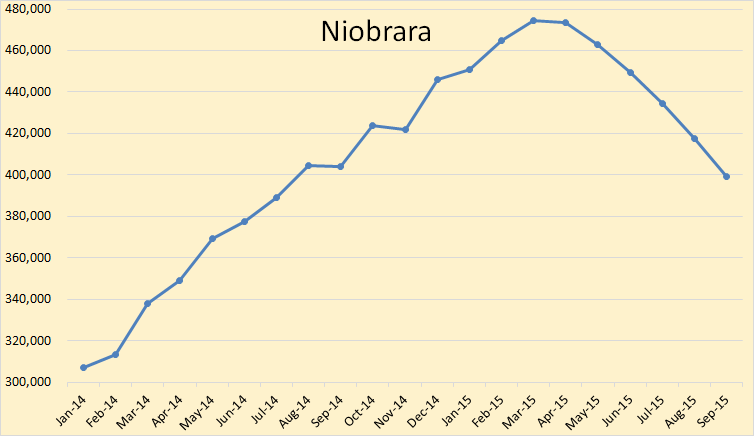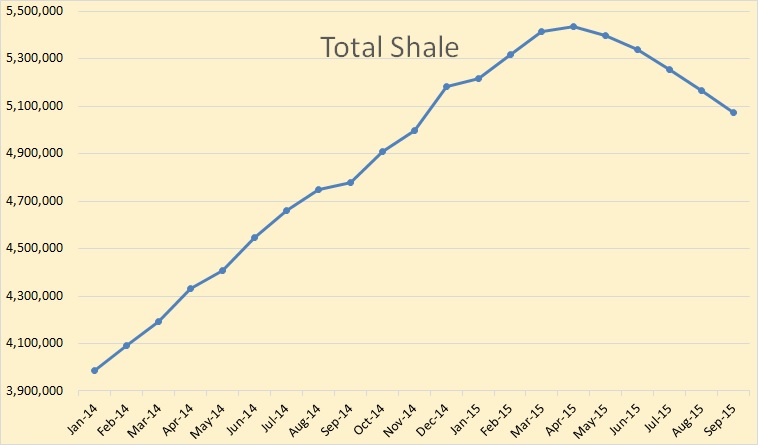We examine whether OPEC’s quotas for its African members are actually on the production decline path of these countries.
OPEC’s quota levels can be found here:
https://www.opec.org/opec_web/static_files_project/media/downloads/Voluntary%20Production%20Levels.pdf
At present 7 oil producing countries in Africa are members of OPEC:
Algeria, Nigeria, Libya, Angola (2007), Gabon (2016), Equatorial Guinea (2017) and Congo Brazzaville (2018) https://www.opec.org/opec_web/en/about_us/25.htm
Historic peaks
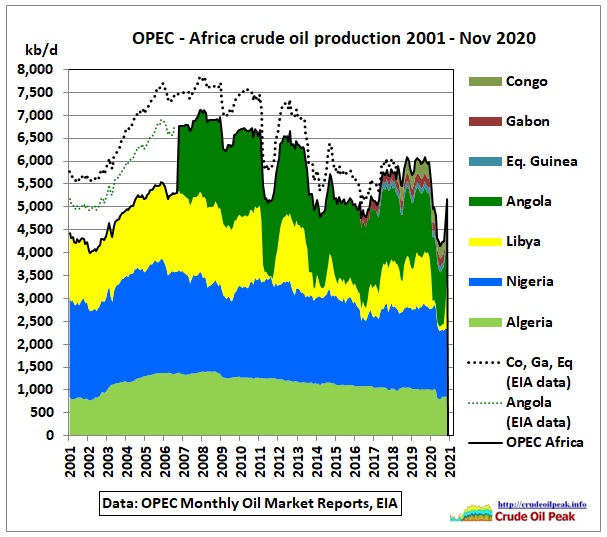 Fig 1a: African countries which joined OPEC
Fig 1a: African countries which joined OPEC
The stacking order in the above graph is important for understanding the history. We start with Algeria at the bottom because this country seems to have the most reliable production. Next in the stack is Nigeria which shaped the November 2005 peak. Then Libya with an erratic production profile after the 17th February Revolution in 2011. Both Algeria and Libya were still growing when Nigeria peaked:
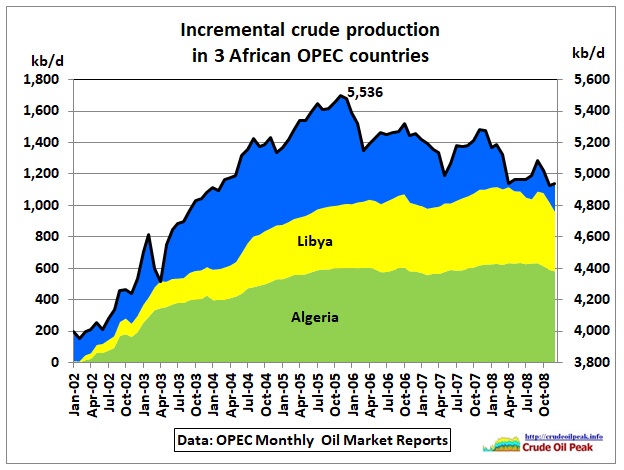 Fig 1b: OPEC w/o Angola peaked in Nov 2005 at 5,536 kb/d
Fig 1b: OPEC w/o Angola peaked in Nov 2005 at 5,536 kb/d
OPEC then took in Angola in 2007 to overcome this embarrassing situation, but Angola itself also approached its peak a year later, in 2008, which shaped the common peak of 4 countries in Nov 2007 – Mar 2008 at 7.1 mb/d. The dotted lines in Fig 1a show production including Angola and 3 other countries before joining OPEC.
Trendlines
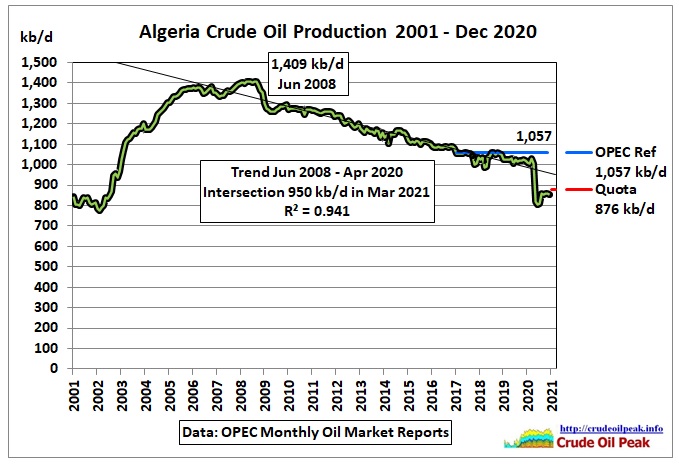 Fig 2: Algeria crude oil production
Fig 2: Algeria crude oil production
Algerian crude oil production peaked in June 2008. A trend line since then points to 950 kb/ for March 2021. Production between August and December 2020 was around 860 kb/d, near to the quota. The reference is approximately equivalent to the pre-Covid average since 2016.
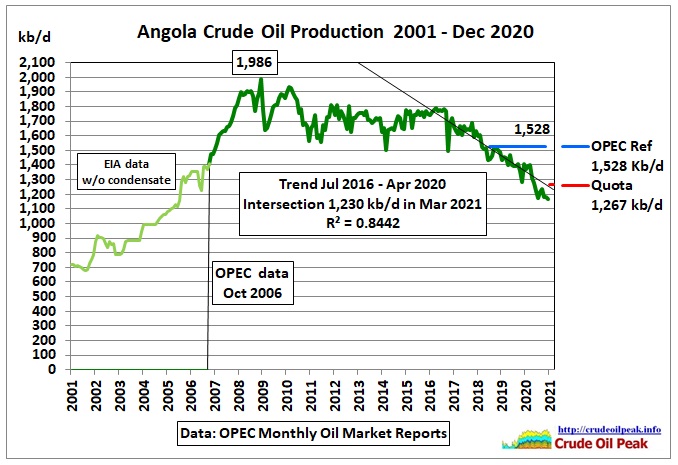 Fig 3: Angola crude oil production (EIA data minus 3.6% condensate)
Fig 3: Angola crude oil production (EIA data minus 3.6% condensate)
Angolan crude oil production peaked in December 2008. A trend line starting in July 2016 (when there was a kink in the production trend) points to 1,230 kb/ for March 2021. Production in December 2020 has dropped to around 1,170 kb/d, below the quota. The reference is the production level in 2018.
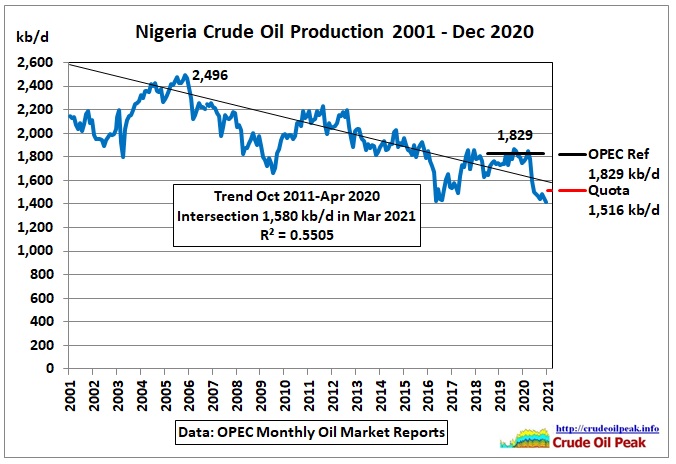 Fig 4: Nigeria crude oil production
Fig 4: Nigeria crude oil production
…click on the above link to read the rest of the article…





